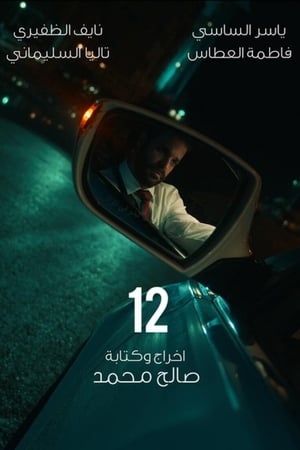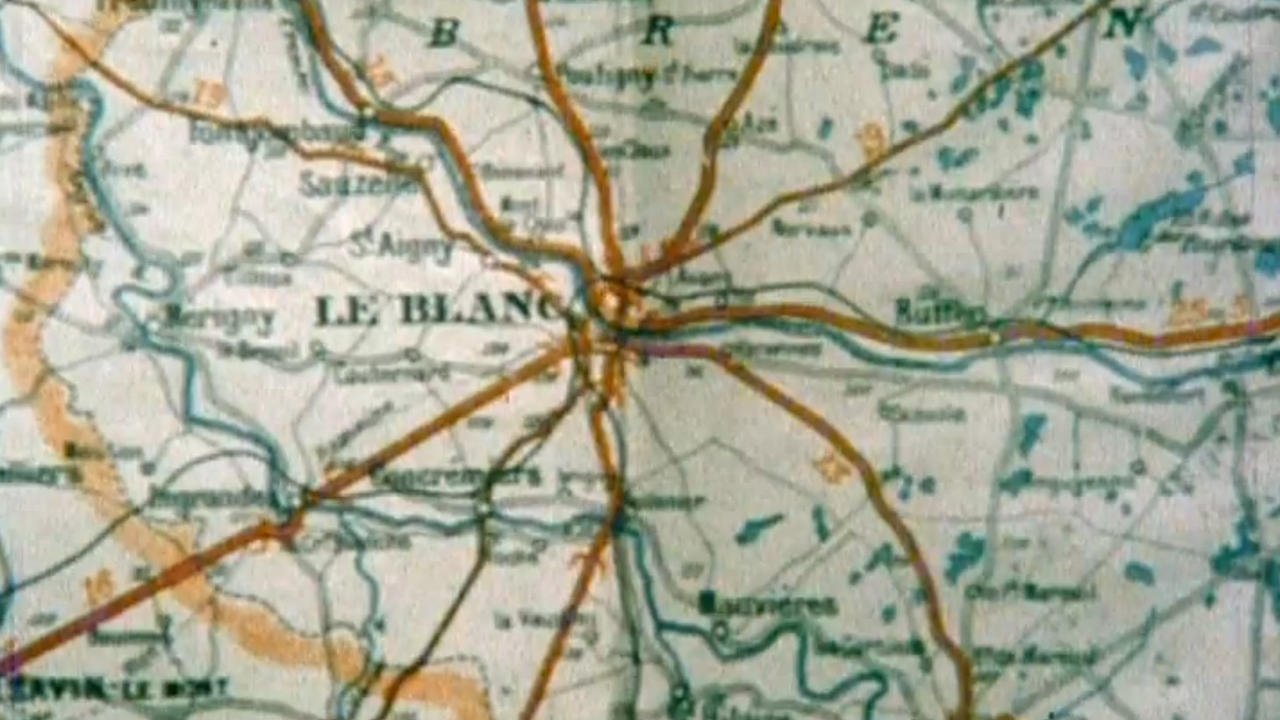
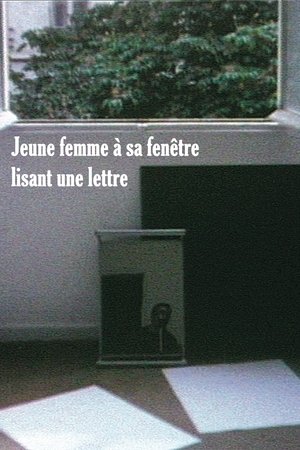
Jeune femme à sa fenêtre lisant une lettre(1983)
Jean-Claude Rousseau's Jeune femme à sa fenêtre lisant une lettre is not only his first medium-length film, but a chance to discover this filmmaker whom Jean-Marie Straub has called, along with Frans Van de Staak and Peter Nestler, the greatest working in Europe. With this newly restored print there is also a possibility to discover the relationship between Rousseau's art of filming and Jan Vermeer's famous painting. As Prosper Hillairet wrote in 1988, four years after Rousseau had finished Jeune femme ... (for the first time as we know today): «Without adopting the usual systematic spirit and form of cinéma structurel, Rousseau presents us with simple images and leaves it at that. Keeps the image in hand. A minimalist and ascetic expression of cinema: a shot that lasts.»
Movie: Jeune femme à sa fenêtre lisant une lettre

Jeune femme à sa fenêtre lisant une lettre
HomePage
Overview
Jean-Claude Rousseau's Jeune femme à sa fenêtre lisant une lettre is not only his first medium-length film, but a chance to discover this filmmaker whom Jean-Marie Straub has called, along with Frans Van de Staak and Peter Nestler, the greatest working in Europe. With this newly restored print there is also a possibility to discover the relationship between Rousseau's art of filming and Jan Vermeer's famous painting. As Prosper Hillairet wrote in 1988, four years after Rousseau had finished Jeune femme ... (for the first time as we know today): «Without adopting the usual systematic spirit and form of cinéma structurel, Rousseau presents us with simple images and leaves it at that. Keeps the image in hand. A minimalist and ascetic expression of cinema: a shot that lasts.»
Release Date
1983-01-01
Average
5.5
Rating:
2.8 startsTagline
Genres
Languages:
No Language
Recommendations Movies
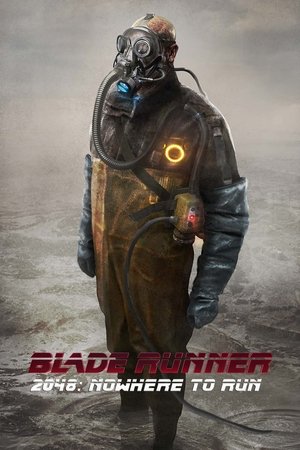 6.8
6.82048: Nowhere to Run(en)
“2048: Nowhere to Run” takes place one year before the events of Blade Runner 2049. The short film focuses on Sapper, a man who is trying to make it through life day-by-day without turning back to his old ways. We’re introduced to both the gentle nature of Sapper and the violence he’s capable of when set off.
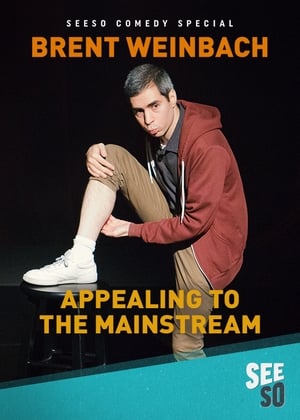 5.9
5.9Brent Weinbach: Appealing to the Mainstream(en)
Brent Weinbach is weird. In this show, Brent attempts to adjust his quirky personality so that he can fit in with the world around him, which would be valuable to his career as a comedian and entertainer. Through an absurd and abstract discourse, Brent explores the ways in which he can appeal to a broader, mainstream audience, so that ultimately, he can become successful in show business.
12(en)
After blowing his professional ballet career, John's only way to redeem himself is to concoct the demise of his former partner, Leah, who he blames for his downfall; he rehearses his salvation in his mind in the way that he rehearses a dance, but being able to break from the routine will be the key to his success.
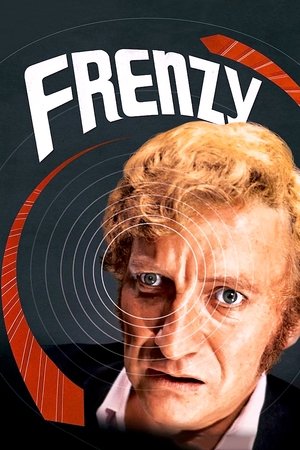 7.1
7.1Frenzy(en)
London is terrorized by a vicious sex killer known as The Necktie Murderer. Following the brutal slaying of his ex-wife, down-on-his-luck Richard Blaney is suspected by the police of being the killer. He goes on the run, determined to prove his innocence.
 6.0
6.0Role Play(en)
Emma has a wonderful husband and two kids in the suburbs of New Jersey – she also has a secret life as an assassin for hire – a secret that her husband David discovers when the couple decide to spice up their marriage with a little role play.
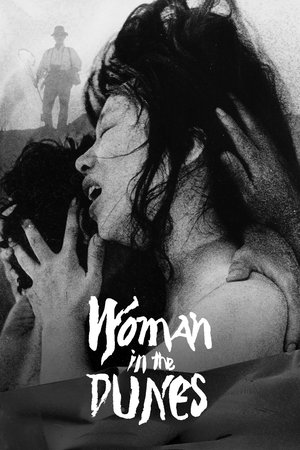 8.2
8.2Woman in the Dunes(ja)
A vacationing entomologist suffers extreme physical and psychological trauma after being taken captive by the residents of a poor seaside village and made to live with a woman whose life task is shoveling sand for them.
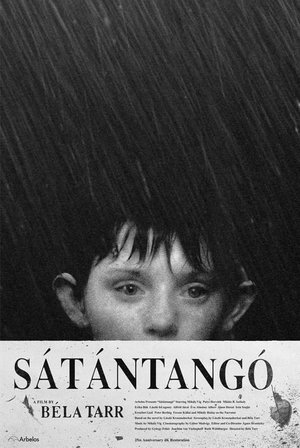 8.1
8.1Satantango(hu)
Inhabitants of a small village in Hungary deal with the effects of the fall of Communism. The town's source of revenue, a factory, has closed, and the locals, who include a doctor and three couples, await a cash payment offered in the wake of the shuttering. Irimias, a villager thought to be dead, returns and, unbeknownst to the locals, is a police informant. In a scheme, he persuades the villagers to form a commune with him.
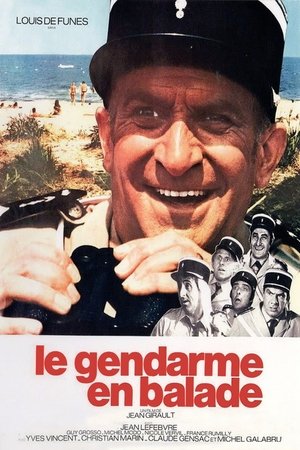 6.4
6.4The Gendarme Takes Off(fr)
The whole clique of Cruchot's police station is retired. Now he lives with his rich wife in her castle - and is bored almost to death. He fights with the butler, because he isn't even allowed to do the simple works. But when one of the clique suffers from amnesia after an accident, all of the others reunite and kidnap him, to take him on a tour to their old working places and through their memories. In their old uniforms they turn St. Tropez upside down.
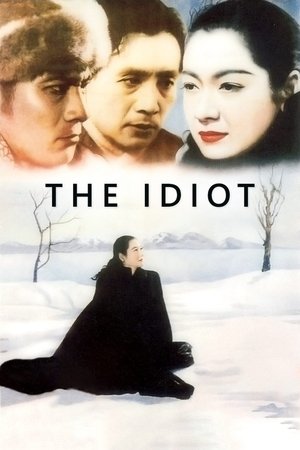 7.0
7.0The Idiot(ja)
Kameda, who has been in an asylum on Okinawa, travels to Hokkaido. There he becomes involved with two women, Taeko and Ayako. Taeko comes to love Kameda, but is loved in turn by Akama. When Akama realizes that he will never have Taeko, his thoughts turn to murder, and great tragedy ensues.
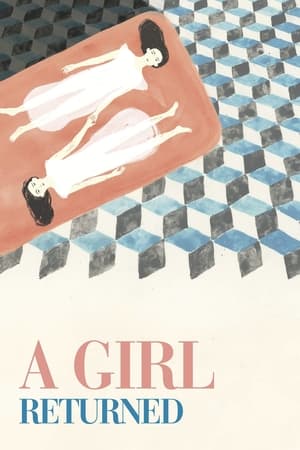 7.2
7.2A Girl Returned(it)
A 13 years old girl is forced to go living with another family for reasons unknown.
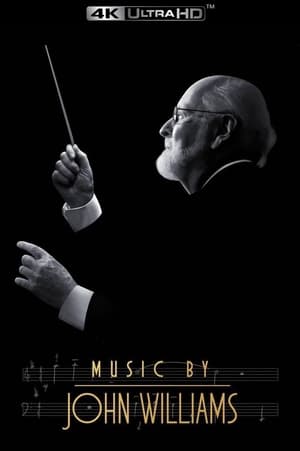 8.1
8.1Music by John Williams(en)
His unforgettable scores are an essential part of some of the most beloved movies of our time, over a career that spans decades. See and hear maestro John Williams' own story, with insights from filmmakers, musicians, and others he has inspired, complete with rare behind-the-scenes looks at the making of movie history.
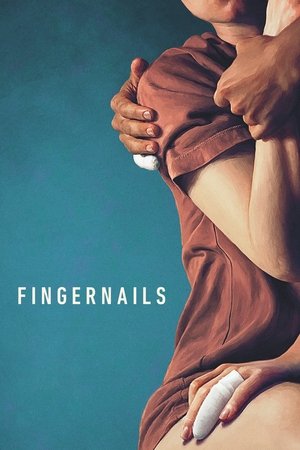 5.9
5.9Fingernails(en)
Anna and Ryan have found true love together. It’s been proven by a controversial test. There’s just one problem: Anna still isn’t sure. Then she meets Amir.
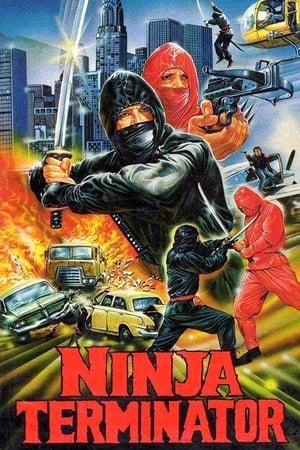 6.1
6.1Ninja Terminator(en)
Three martial-arts students search for the Golden Ninja Warrior, a statue reputed to have magic powers.
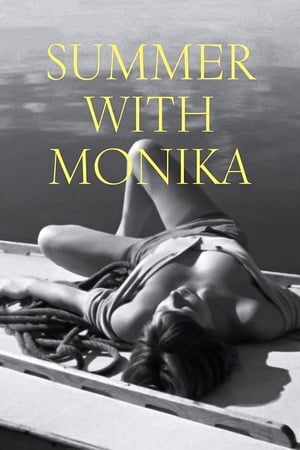 7.3
7.3Summer with Monika(sv)
Monika from Stockholm falls in love with Harry, a young man on holiday. When she becomes pregnant they are forced into a marriage, which begins to fall apart soon after they take up residence in a cramped little flat.
 5.0
5.012(en)
12, is a comic parody about an office's obsession with the television show 24 as the their obsessions kick into high gear with the shows season finale approaching. Part The Office part 24, the short film mash-up introduces a novel send-up of these pop culture staples.
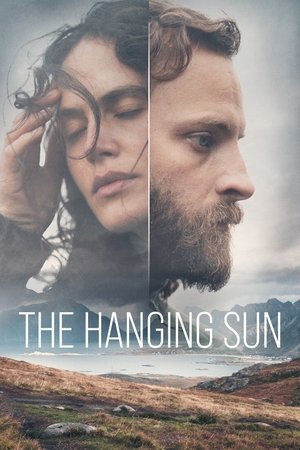 5.6
5.6The Hanging Sun(en)
On the run from his former employer, a reluctant hitman seeks refuge in an isolated village where he is faced with events that test the true nature of his conscience.
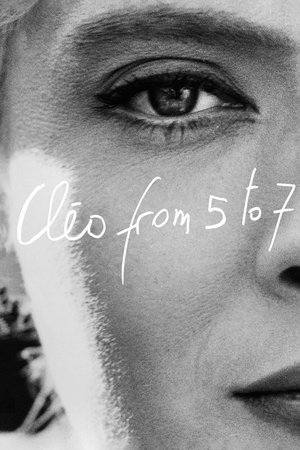 7.7
7.7Cléo from 5 to 7(fr)
Agnès Varda eloquently captures Paris in the sixties with this real-time portrait of a singer set adrift in the city as she awaits test results of a biopsy. A chronicle of the minutes of one woman’s life, Cléo from 5 to 7 is a spirited mix of vivid vérité and melodrama, featuring a score by Michel Legrand and cameos by Jean-Luc Godard and Anna Karina.
Similar Movies
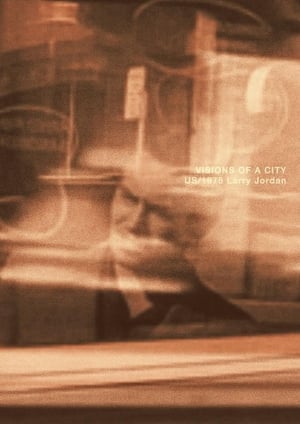 8.0
8.0Visions of a City(en)
Sepia toning lends a romantic (even wistful) quality to Larry Jordan's film Visions of a City, which he shot in San Francisco in 1957 and edited in 1978. The pace is un-irritating, in contrast to the San Francisco of today; but unlike the equal weight Helen Levill gives to all her subjects, there is an internal evolutionary development in the Jordan film that ultimately delivers a story. Until the introduction of the human protagonist, poet Michael McClure, we are treated to an extravagant display of visual delights.
 5.4
5.4Santa Teresa & Other Stories(es)
In the fictional city of Santa Teresa, located on the border between Mexico and USA, the researcher Juan de Dios Martínez straddles the line between journalism and detective work. Based on an unfinished book by Roberto Bolaño, his character investigates a handful of crimes and abuses perpetrated on women and workers of the zone.
 4.5
4.5Window(en)
The moving camera shapes the screen image with great purposefulness, using the frame of a window as fulcrum upon which to wheel about the exterior scene. The zoom lens rips, pulling depth planes apart and slapping them together, contracting and expanding in concurrence with camera movements to impart a terrific apparent-motion to the complex of the object-forms pictured on the horizontal-vertical screen, its axis steadied by the audience's sense of gravity. The camera's movements in being transferred to objects tend also to be greatly magnified (instead of the camera the adjacent building turns). About four years of studying the window-complex preceded the afternoon of actual shooting (a true instance of cinematic action-painting). The film exists as it came out of the camera barring one mechanically necessary mid-reel splice
Memento(en)
Experimental short film about car wreckage and automobile safety.
Consumers(en)
Sammy is a 14 year old girl who makes YouTube videos. Robby just moved to New York City after college. Jerry is a single 34 year old network administrator living in the suburbs. Through their fragmented experiences, Consumers explores the dialectical problematics of the contemporary experience.
 7.1
7.1The End of Time(en)
Working at the limits of what can easily be expressed, filmmaker Peter Mettler takes on the elusive subject of time, and once again turns his camera to filming the unfilmable. From the particle accelerator in Switzerland, where scientists seek to probe regions of time we cannot see, to lava flows in Hawaii which have overwhelmed all but one home on the south side of Big Island; from the disintegration of inner-city Detroit, to a Hindu funeral rite near the place of Buddha's enlightenment, Mettler explores our perception of time. He dares to dream the movie of the future while also immersing us in the wonder of the everyday. THE END OF TIME, at once personal, rigorous and visionary, Peter Mettler has crafted a film as compelling and magnificent as its subject.
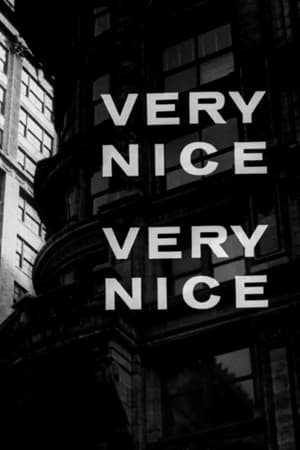 5.9
5.9Very Nice, Very Nice(en)
Arthur Lipsett's first film is an avant-garde blend of photography and sound. It looks behind the business-as-usual face we put on life and shows anxieties we want to forget. It is made of dozens of pictures that seem familiar, with fragments of speech heard in passing and, between times, a voice saying, "Very nice, very nice." The film was nominated for an Oscar for Best Live Action Short Film.
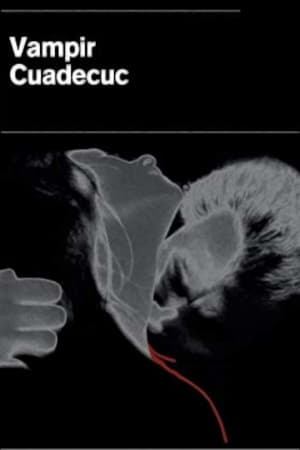 6.0
6.0Vampir Cuadecuc(en)
An atmospheric essay, which is an alternative version of Count Dracula, a film directed by Jess Franco in 1970; a ghostly narration between fiction and reality.
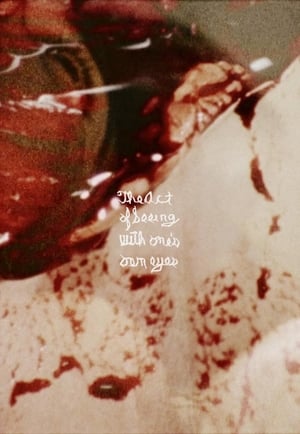 6.3
6.3The Act of Seeing with One's Own Eyes(en)
At a morgue, forensic pathologists conduct autopsies of the corpses assigned. "S. Brakhage, entering, WITH HIS CAMERA, one of the forbidden, terrific locations of our culture, the autopsy room. It is a place wherein, inversely, life is cherished, for it exists to affirm that no one of us may die without our knowing exactly why. All of us, in the person of the coroner, must see that, for ourselves, with our own eyes. It is a room full of appalling particular intimacies, the last ditch of individuation. Here our vague nightmare of mortality acquires the names and faces of OTHERS. This last is a process that requires a WITNESS; and what 'idea' may finally have inserted itself into the sensible world we can still scarcely guess, for the CAMERA would seem the perfect Eidetic Witness, staring with perfect compassion where we can scarcely bear to glance." – Hollis Frampton
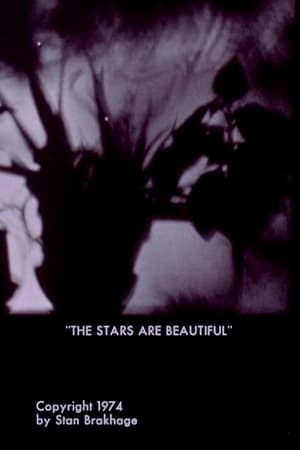 5.0
5.0The Stars Are Beautiful(en)
We move back and forth between scenes of a family at home and thoughts about the stars and creation. Children hold chickens while an adult clips their wings; we see a forest; a narrator talks about stars and light and eternity. A dog joins the hens and the family, while the narrator explains the heavens. We see a bee up close. The narrator suggests metaphors for heavenly bodies. Scenes fade into a black screen or dim purple; close-ups of family life may be blurry. The words about the heavens, such as "The stars are a flock of hummingbirds," contrast with images and sounds of real children.
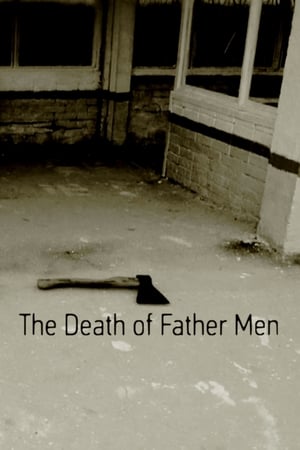 1.0
1.0The Death of Father Men(ru)
Alexander V. Men was a Russian Orthodox priest, theologian and writer, whose influence is felt among Christians, both in Russia and abroad. He was murdered on September 9th, 1990.
 5.9
5.9The Text of Light(en)
Time-lapse photography of books, paintings, reflections, and light falling on textures, shot entirely through a glass ashtray. "'All that is is light.' – Dun Scotus Erigena. 'To see the world in a grain of sand.' – William Blake. These are the primary impulses while working on this film. It is dedicated to Jim Davis who showed me the first spark of refracted film light." - S.B.
Naran Ja(en)
After being invited by Benjamin Millepied to a rehearsal for the L.A Dance Project's premiere performance, Oscar-nominated director Alejandro G. Iñárritu was inspired to make a video-exercise that documents movement and dance in an experimental way, with a stream of consciousness narrative. The story takes place in a secluded, dusty space and centers around LADP dancer Julia Eichten who seems to be on an eternal search... for herself.
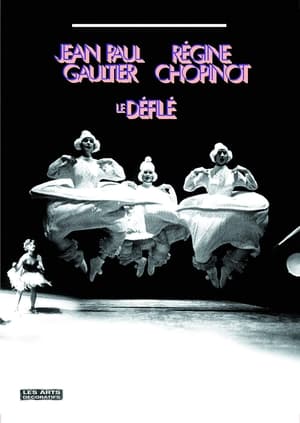 3.0
3.0Le Défilé(fr)
"Le Défilé" is a short film of Regine Chopinot & Jean-Paul Gaultier's collaborations, from a retrospective exhibit by the same name.
 0.0
0.0Koodal(xx)
"Visionary post-war modernist Tyeb Mehta channels the nightmares of the nation in Koodal, at once the artist’s self-described “autobiography” and a profound meditation on collage, crowd control, cinematic subjectivity and the violence buried within every glorious act of foundation." -- Sarkari Shorts
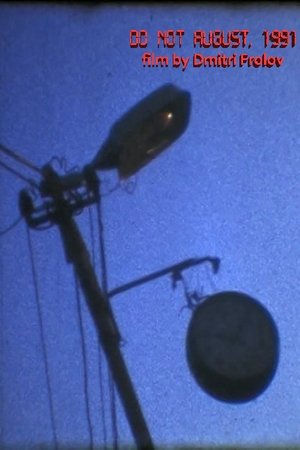 10.0
10.0Do Not August, 1991(ru)
The film was made in the days of the August 1991 coup in Leningrad, USSR . Respecting the manner of a proprietary parallel cinema with the use of hand-held camera . Subsequently, Lars von Trier in his " Dogma " went on the same way , using a handheld camera without a tripod or placing special light. The soundtrack of the film is the soundtrack Emergency Committee appeal for the All-Union Radio August 19, 1991 . The film captured the moment of change red tricolor flag on the roof of the Mariinsky Palace on August 20, 1991.
Heavy-Light(en)
This is one of those abstract animated films in which colored, richly textured light moves in a black, three-dimensional space. The pictures and the electronic score are unified in a strict structure made of three main sections which progressively develop three subsections. This film may look like it was made using computers or video to the uninitiated, but only animation and much optical printing are to be seen herein. Preserved by the Academy Film Archive in partnership with iotaCenter and National Film Preservation Foundation in 2007.
Maya Deren, Take Zero(en)
This documentary interweaves celluloid and voice recordings by Maya Deren, and colleagues who knew her firsthand: Jean Rouch, Jonas Mekas, Alexander Hammid, Cecile Starr etc. Maya Deren (1917-1961) was an experimental filmmaker. In the 1940s and 1950s she made several influential avant-garde films, such as Meshes of the Afternoon (1943). Images from this and her other work are used in this documentary. You can also hear her voice, as well as accounts by contemporaries such as Jean Rouch and Jonas Mekas.



